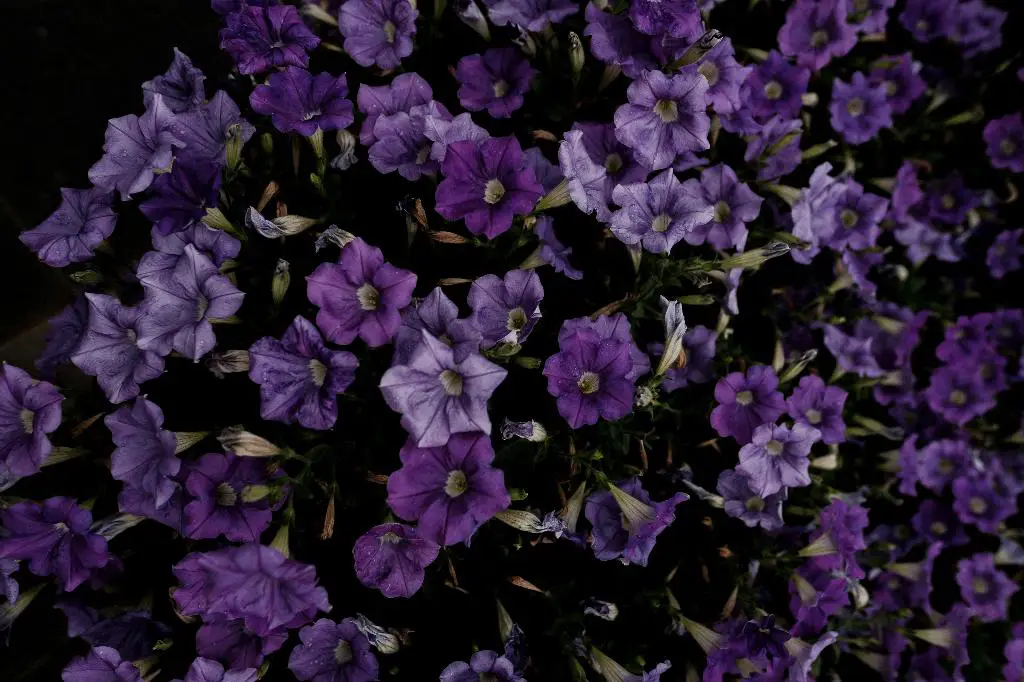Budworms are notorious pests that can wreak havoc on your petunias if left unchecked. These caterpillars feed on the buds and flowers of petunias, causing wilting and damage to the entire plant.
Identifying Budworm Infestation on Petunias
To effectively get rid of budworms on your petunias, you first need to identify their presence. Look for small holes in the buds, wilting flowers, or droppings near the base of the plant, which are all signs of budworm infestation.
Utilizing Bacillus Thuringiensis (Bt) for Budworm Control
Bacillus thuringiensis (Bt) is a natural and safe option for controlling budworms on petunias. This bacterial insecticide specifically targets caterpillars like budworms without harming beneficial insects.
Timing is Key: Applying Bt Effectively
When it comes to using Bt for budworm control, timing is crucial. Monitor your petunias closely for signs of budworm larvae and apply Bt as soon as the eggs start to hatch. This ensures that the caterpillars are targeted at their most vulnerable stage.
Applying Bt Safely and Efficiently
Follow the instructions on the Bt product carefully for the correct dilution and application method. Spray the Bt solution evenly on the affected petunias, focusing on the buds and flowers where the budworms are likely to feed.
Implementing Cultural Control Practices
Aside from using Bt, you can also implement cultural control practices to prevent budworm infestations. Regularly inspect your petunias for signs of pests, and remove any damaged or infested buds to reduce the risk of budworm populations.
Encouraging Natural Predators
Encouraging natural predators like birds, ladybugs, and predatory wasps in your garden can help keep budworm populations in check. These beneficial insects feed on budworms and other pests, acting as a natural form of pest control.
Practicing Good Garden Hygiene
Good garden hygiene is essential for preventing budworm infestations. Keep your garden clean and free of debris, as these can provide hiding spots for budworms and other pests. Regularly remove fallen leaves and plant debris to reduce the risk of infestations.
Using Neem Oil as an Alternative Solution
Neem oil is another natural option for controlling budworms on petunias. This organic insecticide disrupts the growth and development of budworms, effectively reducing their population on your petunias.
Considering Companion Planting
Companion planting petunias with pest-repellent plants like marigolds, lavender, or garlic can help deter budworms and other pests. The strong scents of these plants can mask the scent of petunias, making them less appealing to pests.
Monitoring and Preventing Future Infestations
Regularly monitor your petunias for signs of budworms and take proactive measures to prevent future infestations. By staying vigilant and implementing preventive strategies, you can protect your petunias from the damaging effects of budworms.
Seeking Professional Help if Necessary
If budworm infestations persist despite your best efforts, consider seeking professional help from a pest control expert. They can provide tailored solutions and recommendations to effectively eliminate budworms from your petunias.

